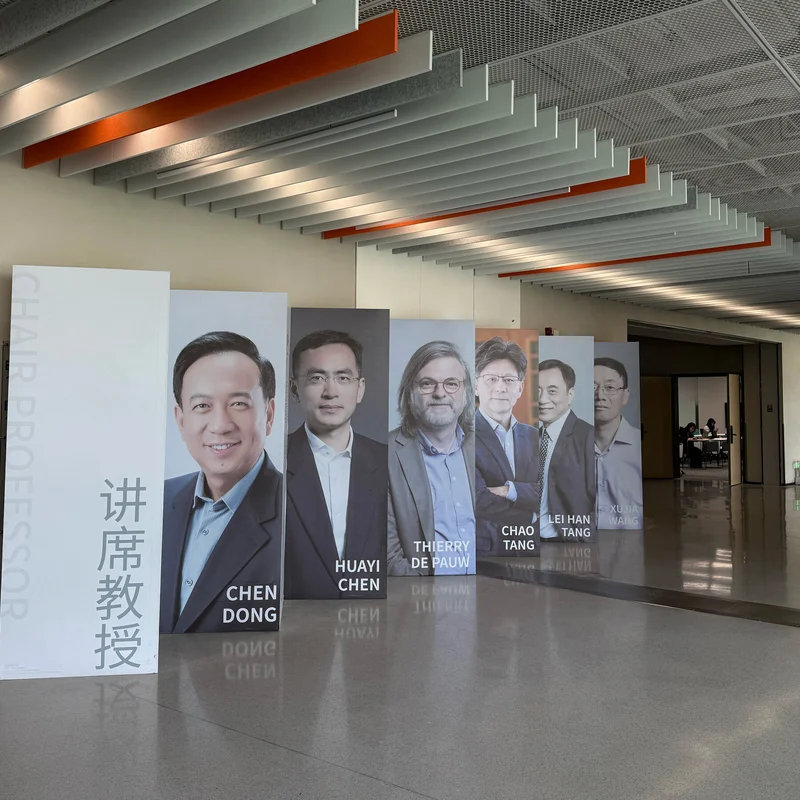In a stark geopolitical pivot, China is rolling out a new visa program to attract global science and technology talent just as the United States imposes a staggering $100,000 fee on H-1B visas under the Trump administration. The contrasting policies signal a deepening battle for innovation dominance between the world’s two largest economies—and could reshape where the next generation of engineers, AI researchers, and biotech experts choose to build their careers.
China’s K Visa: A Strategic Talent Play
Effective October 1, 2025, China will launch the K visa—a new category designed specifically for young foreign professionals in science, technology, engineering, and mathematics (STEM). Approved by China’s State Council in July 2025, the visa targets individuals aged 18–25 with at least a bachelor’s degree from a recognized university .
Unlike traditional Chinese work visas that require employer sponsorship, the K visa offers greater flexibility, allowing holders to study, collaborate, and explore entrepreneurial opportunities without being tied to a single company .
💡 Key Feature: The K visa aims to boost China’s AI, quantum computing, and life sciences sectors by removing bureaucratic barriers for top global STEM graduates .
U.S. H-1B Fee Surge Sparks Industry Alarm
On September 21, 2025, the Trump administration enacted a new rule requiring employers to pay a $100,000 fee for each new H-1B visa petition . The move, framed as a measure to protect American workers, has drawn fierce criticism from tech leaders who warn it will cripple innovation and accelerate offshoring.
“This isn’t just a cost—it’s a deterrent,” said one Silicon Valley CEO in a private briefing. “We’re pushing talent straight into China’s arms.”
Side-by-Side: U.S. vs. China Visa Policies (2025)
| Feature | U.S. H-1B Visa | China K Visa |
|---|---|---|
| Effective Date | Fee increase: Sept. 21, 2025 | Launch: Oct. 1, 2025 |
| Cost to Employer | $100,000 per petition | Not yet disclosed (expected to be minimal) |
| Eligibility | Specialty occupation, employer-sponsored | STEM degree, age 18–25 |
| Employment Flexibility | Tied to sponsoring employer | Flexible; no sponsorship required |
| Path to Permanent Residency | Yes (via green card) | Unclear; China restricts permanent immigration |
Why This Matters for North American Tech
North American universities have long been talent pipelines for U.S. tech firms. But with H-1B costs soaring and processing delays mounting, international graduates—especially from India, China, and Nigeria—are now evaluating alternatives.
“Five years ago, 90% of my Indian classmates aimed for Silicon Valley,” said Priya Mehta, a recent MIT graduate. “Now, half are applying to Shenzhen and Singapore.”
China’s aggressive investment in R&D—totaling over $600 billion in 2024—further sweetens the deal . Meanwhile, the U.S. has slashed federal research funding and imposed restrictions on academic collaboration with Chinese institutions .
What’s Next in the Global Talent Race?
While China’s K visa is a bold gesture, experts caution that cultural, linguistic, and political barriers may limit its appeal compared to the U.S., Canada, or Germany. Still, the symbolic shift is clear: as America closes doors, China is opening them—at least for select high-skill workers.
For more on how immigration policy shapes innovation, see our deep dive at [INTERNAL_LINK:global-tech-talent-race].
For official U.S. visa information, visit the U.S. Department of State.




